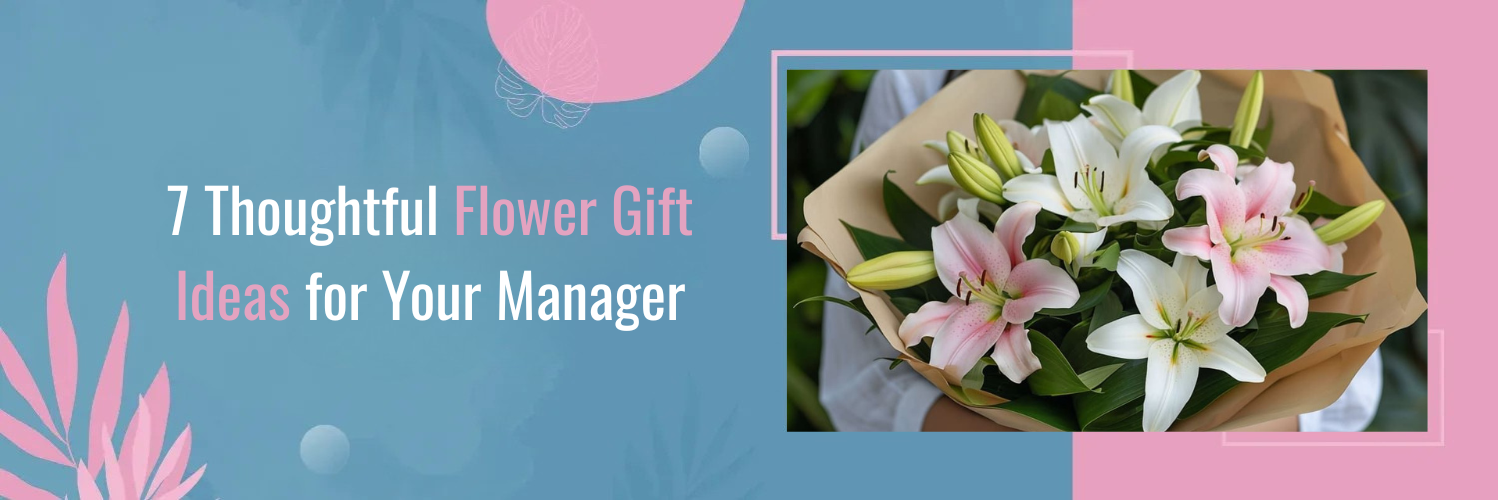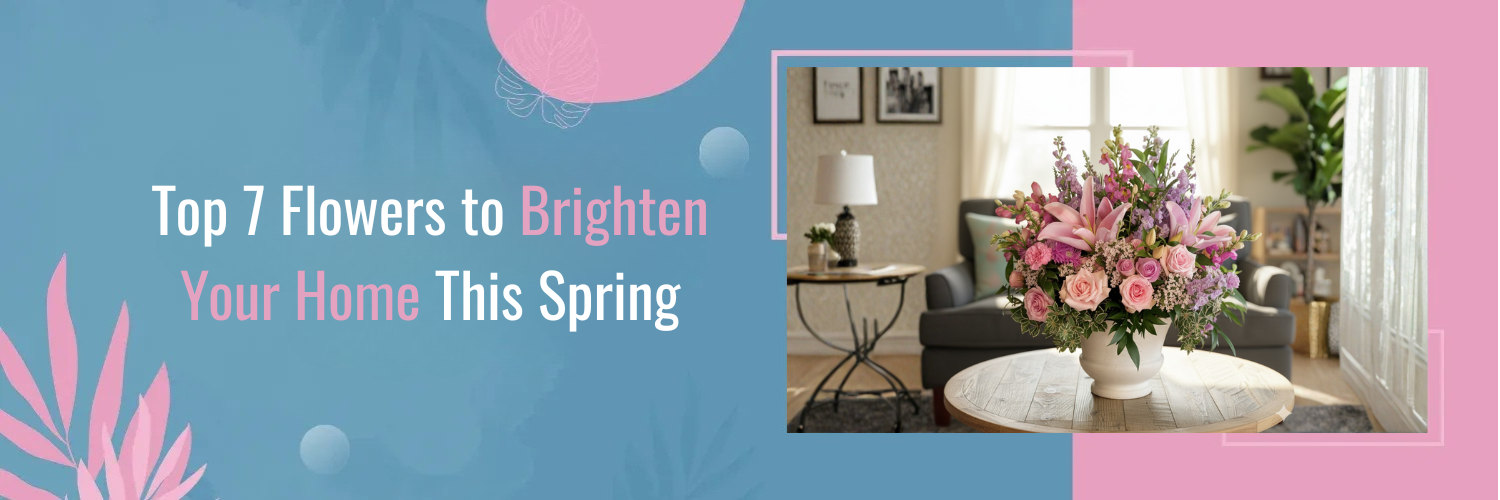Learning About Dangerous Flowers
The allure of flowers is often associated with beauty, fragrance, and positive emotions. However, nestled within the world of blossoms are plants that hide unexpected hazards, capable of delivering deadly consequences. The intrigue surrounding dangerous flowers lies in the paradox of their seemingly innocuous appearance concealing potent toxins. These plants challenge our perception of nature’s creations and emphasize the need for awareness.
The hazards posed by dangerous flowers are not restricted to the realm of enthusiasts or experts; they extend to the general public as well. Many of these toxic plants can be found in various habitats, including gardens, forests, and even alongside common walking paths. Recognizing these plants, understanding their potential dangers, and knowing how to handle them are essential skills for anyone who interacts with the outdoors.
Importance of Knowing the Dangerous Flowers in the World
Knowing about the dangerous flowers in the world is of paramount importance for a variety of reasons. These seemingly innocent and visually appealing plants can conceal hidden dangers that range from mild discomfort to life-threatening toxicity. Understanding these risks and being able to identify potentially hazardous flowers is crucial for the well-being of both individuals and ecosystems. Here’s why knowing about dangerous flowers is so significant:
1. Personal Safety
The most immediate and practical reason to be aware of dangerous flowers is personal safety. Many toxic plants can cause a range of health issues when touched or ingested, such as skin irritation, allergic reactions, or even poisoning. By recognizing these plants and avoiding contact, individuals can prevent unnecessary harm to themselves and their loved ones.
2. Child and Pet Safety
Children and pets are often curious and may be tempted to explore their surroundings, including plants. Educating yourself about dangerous flowers helps protect those who might not understand the risks associated with touching or ingesting these plants.
3. Outdoor Activities
Whether hiking, gardening, camping, or simply enjoying the outdoors, knowing which flowers to avoid can significantly reduce the chances of accidental exposure. This knowledge empowers individuals to enjoy nature safely.
4. Medical Awareness
In case of accidental exposure, being able to identify the plant responsible for the symptoms can expedite medical treatment. Prompt and accurate identification can help healthcare professionals provide appropriate care more effectively.
5. Conservation Efforts
Awareness of dangerous flowers also contributes to ecological preservation. By knowing the potential threats posed by certain plants, conservationists can take measures to manage and control these species in sensitive environments.
6. Cultural and Historical Significance
Understanding dangerous flowers also involves recognizing their historical, cultural, and symbolic value. Many of these plants have been used in traditional medicines, rituals, and folklore. This knowledge enriches our understanding of human-plant relationships throughout history.
7. Responsible Landscaping and Gardening
For those who enjoy gardening or landscaping, knowing about dangerous flowers helps in making informed choices about the plants they cultivate. This consideration is especially important for households with children or pets.
8. Education and Curiosity
Dangerous flowers offer a unique opportunity for education and scientific curiosity. Studying these plants can lead to insights into their adaptations, toxic mechanisms, and potential applications in medicine and other fields.
9. Ethical Foraging
For those interested in wildcrafting or foraging for edible plants, understanding dangerous flowers is critical to avoid mistakenly collecting toxic species. Many toxic plants closely resemble edible ones, emphasizing the importance of accurate identification.
10. Promoting Environmental Respect
By acknowledging the dangers associated with these flowers, people develop a deeper respect for the complexity and unpredictability of nature. This awareness can lead to responsible behaviors that prioritize the well-being of both individuals and ecosystems.
In a world where the line between beauty and danger can be blurred, knowledge is the key to navigating safely through nature’s diverse and sometimes perilous landscapes. Being informed about the world’s most dangerous flowers is not just about avoiding harm; it’s about embracing a holistic understanding of the natural world and our place within it.
The Toxic Beauties & Dangerous Flora to Avoid
Aconitum (Wolfsbane)
Aconitum, commonly known as Wolfsbane, boasts intricate and attractive blue or purple flowers. It has been historically used in traditional medicines and poisons, owing to its potent alkaloid content. The alkaloids present, such as aconitine, affect the nervous system, leading to symptoms like numbness, vomiting, and even fatal arrhythmias. Wolfsbane holds a place in various cultural references, from medieval folklore to modern literature, where it often symbolizes danger and dark magic.
Dieffenbachia (Dumb Cane)
Commonly found in homes, Dumb Cane’s attractive leaves contain oxalate crystals that cause intense mouth and throat swelling. In severe cases, airway obstruction can lead to death.
Digitalis (Foxglove)
Digitalis, with its tubular bell-shaped flowers, holds a deceptive allure. It contains cardiac glycosides, compounds used to treat heart conditions. However, in high doses, these compounds turn deadly, causing arrhythmias, nausea, and even death. Despite its toxicity, Digitalis has found a place in medicine, albeit with careful regulation. The thin line between its therapeutic potential and lethal risk emphasizes the importance of precise dosing.
Nerium oleander (Oleander)
Nerium oleander, a visually striking flowering shrub often used in landscaping, contains a cocktail of toxic compounds, including cardiac glycosides. These compounds affect the heart, leading to symptoms like irregular heartbeats, vomiting, and in severe cases, death. Accidental poisonings, especially in children and animals, have been reported due to the plant’s accessibility. Understanding the risks and taking preventive measures is crucial when dealing with oleander.
Atropa belladonna (Deadly Nightshade)
Atropa belladonna, also known as Deadly Nightshade, has a rich history associated with both medicine and folklore. Its glossy black berries and bell-shaped flowers may be visually appealing, but the plant contains tropane alkaloids, such as atropine and scopolamine, which have profound effects on the nervous system. While controlled medical usage exists, caution is paramount due to the plant’s potential for dangerous complications.
Deceptive Alluring Plants
Castor Oil Plant
The Castor Oil Plant, cultivated for its versatile uses including castor oil production, harbors a deadly secret: ricin. Ricin is one of the most potent plant toxins, and a single castor bean contains enough to potentially kill an adult. Notable incidents of ricin poisoning have raised concerns about its misuse for nefarious purposes, highlighting the importance of monitoring and regulation.
Hemlock Water Dropwort (Oenanthe crocata)
Oenanthe crocata, also known as Hemlock Water Dropwort, bears a resemblance to edible plants like celery and parsley. However, it is far from harmless. Ingesting any part of the plant can lead to paralysis and death due to its potent neurotoxins. Instances of livestock and human poisoning serve as cautionary tales about the dangers of misidentification.
Abrus precatorius (Rosary Pea)
The Rosary Pea’s vibrant red seeds contain the toxin abrin, which interferes with protein synthesis in cells. Ingesting a single seed can lead to organ failure and death.
Nature’s Defenses – Flowers That Fight Back
Urtica dioica (Stinging Nettle)
Urtica dioica, commonly known as Stinging Nettle, is armed with needle-like hairs that inject venom upon contact. While its stings can be painful, the plant has lesser-known health benefits. It has been used for centuries in traditional medicine for conditions like arthritis and allergies. Proper handling techniques and culinary use with precautions can mitigate the risks.
Cerbera odollam (Suicide Tree)
With its inconspicuous appearance, the Suicide Tree’s seeds contain potent cardenolides that disrupt the heart’s rhythm, leading to cardiac arrest. Sadly, it has been ingested for deliberate self-harm.
Dendrocnide moroides (Gympie-Gympie)
Dendrocnide moroides, infamously dubbed the “suicide plant,” possess stinging hairs that deliver excruciating pain upon contact. The pain can last for days or even weeks. Indigenous communities have historically used the plant for various purposes, and scientific research into its venom could lead to medical breakthroughs.
Beyond Blooms – Unusual Threats and Adaptations
Hydnora africana (African Hydnora)
Hydnora africana’s bizarre appearance matches its subterranean lifestyle. It’s a parasitic plant that relies on a host for nutrients. While its interactions with pollinators are fascinating, its danger to humans is relatively limited.
Rafflesia arnoldii (Corpse Flower)
Rafflesia arnoldii, the world’s largest flower, exudes an overpowering stench of rotting flesh. Despite its unpleasant odor, it plays a vital role in its ecosystem by attracting pollinators. While it poses minimal danger to humans, its ecological significance is noteworthy.
Dracunculus vulgaris (Dragon Arum)
Dracunculus vulgaris, known as Dragon Arum, sports a unique inflorescence and a foul smell resembling rotten meat. Its thermogenesis serves as a deceptive tactic to attract pollinators. While not a significant threat to humans, its peculiar characteristics make it a subject of curiosity.
Conium maculatum (Poison Hemlock)
Poison Hemlock’s delicate white flowers and resemblance to edible herbs make it a deadly trap. Its neurotoxins cause paralysis, starting with muscle weakness and culminating in respiratory failure.
Conclusion
The world of dangerous flowers is as diverse as it is intriguing. These plants challenge our perceptions of beauty and danger, teaching us that nature’s creations can hold unexpected secrets. The journey through these toxic blooms underscores the importance of knowledge, caution, and respect for the natural world. Embracing their paradoxical nature, we can find inspiration and awe in even the most perilous of petals.
While there are many beautiful and fragrant flowers in the world, there are also some that are incredibly dangerous. These flowers can cause a variety of health problems, including poisoning and skin irritations. If you are planning to have flowers delivered to your home, be sure to do your research and choose a florist that uses only safe and non-toxic flowers.
Bourkes Florist is a great option for safe and beautiful flowers. They offer a wide variety of flowers to choose from, and they can deliver them right to your door. Order from Bourkes Florist today.
FAQs
Q: Can these dangerous flowers be found in all parts of the world?
While some dangerous flowers have a widespread distribution, others are limited to specific regions due to their habitat preferences. Factors like climate, soil, and ecosystem play a role in their presence.
Q: Are there any practical uses for these dangerous flowers?
Yes, some of these dangerous flowers have historical applications in traditional medicine, and certain compounds derived from them have been used in modern medicine. However, their usage requires careful consideration and expert knowledge.
Q: How can I protect myself from the risks of encountering these plants?
General safety tips include wearing gloves when handling unfamiliar plants, avoiding ingestion or contact with unknown species, and educating oneself about the toxic plants in one’s region.
Q: Are there any safe ways to enjoy or study these dangerous flowers?
Botanical gardens often have controlled environments where visitors can observe dangerous plants without direct contact. This provides an opportunity for education and appreciation without unnecessary risk.
































